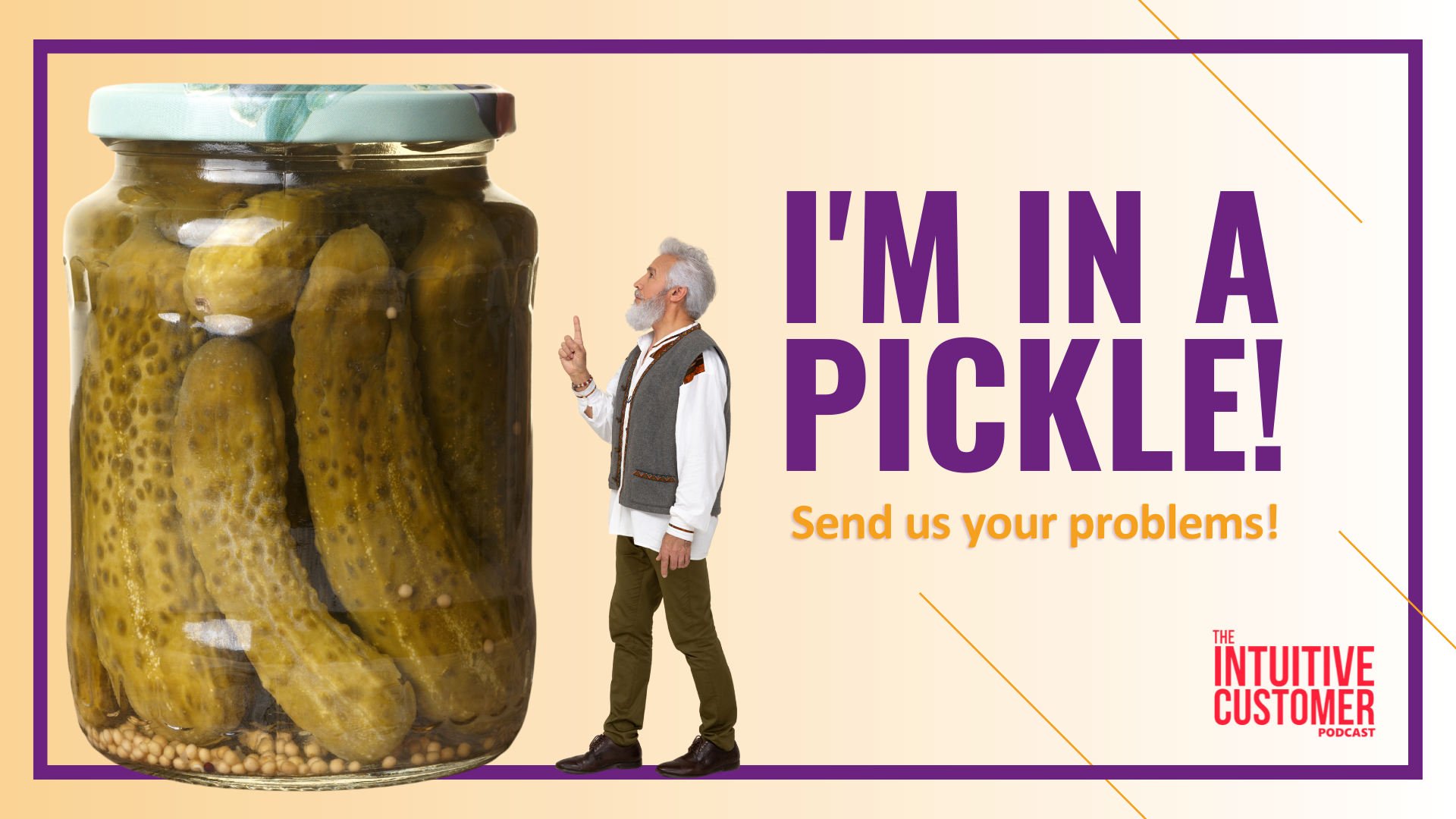Consumers these days are more informed when they come to your retail centers today than they once were. Instead of browsing the aisles, they scroll through pixels. If your digital experience isn’t quite ready for this role in the sales cycle, you should get it there.
I heard an excellent success story about the digital transformation of a formerly analog experience at a recent CX Network Live event. So, we invited Hussein Dajani, General Manager – Digital and CX Transformation, Nissan Motor Company, to be our guest on a recent podcast. Dajani is based in Dubai and is responsible for Digital and Customer Experience Transformation for MEA, Turkey, India, and Oceania.
To register for the next CX Network Live event, please click here.
Dajani ensures that Nissan provides a seamless, frictionless, enjoyable, and memorable experience at every touchpoint, from the website to the app to the service centers and showrooms. Dajani says he joined Nissan to fix some broken things in the car buying experience. First is the test drive experience, which he thinks is tedious and momentum-killing, and second, the service appointment pick-up process, which can be baffling and shocking.
I have also had a few bad moments in the car buying experience. Once the salesperson wouldn’t tell me how much the car was. In another incident, the salesperson demanded that I give him a nine on the survey because it affects his bonus. I didn’t because he didn’t deserve a nine, and he contacted me to scold me about not following directions.
COVID Shut Them Down, So They Speeded Up
Customer Experience is a relatively new function at Nissan. Dajani built it in this first three years with the company back in 2016, working with his cross-functional team called the Customer Experience Steering Committee (see what they did there?). They planned out what every department would do to deliver an excellent experience. However, it was challenging to get support on his plans.
Then, COVID hit. Dajani was working from home one day when he got a call from the executive assistant of the regional vice president calling him into a meeting. So, naturally, Dajani assumed he was getting sacked.
However, the regional vice president didn’t fire Dajani; he challenged Dajani. No one was coming to the showroom, and no one was taking their cars in for service. So the regional vice president asked Dajani and his Steering Committee to fix it. They came up with “Shop@Home” by Nissan.
However, this virtual shopping experience that takes customers from browsing to buying wasn’t a temporary thing to do during COVID. The main idea behind the program was to transform the way their customers always buy cars. The result was a virtual experience that closely mimicked the sales cycle of the traditional car sale but was contact-free and seamless for the customer. This year, the program has launched in the US, also as Nissan@Home:
COVID accelerated so many things, and Dajani’s program was no different. Not only did leadership agree to transform the experience, but they also accomplished in three months what might have usually taken three years. COVID forced change upon the organization that would have probably ended up in the same place eventually but would have taken much longer and with far fewer risky but necessary design features. The virus forced organizations to take their digital transformation to the next level fast in many ways.
When Teams Work Together, Collaboration and Communication Drive Success
I am impressed with Dajani’s story, particularly his use of the Steering Committee. It isn’t easy to get a cross-functional team to work together. When I was in corporate life, I remember people were in their silos, doing their thing. I also remember trying to push through a Customer Experience program and getting passive-aggressive support, which is when people say that this is a great idea and then don’t do anything with it whatsoever.
Before COVID, Dajani had the same experience. Instead of working for customers or the organization, different departments only focused on their departmental key performance indicators (KPI) and personal objectives. However, COVID changed that. Dajani said everyone joined together toward a single purpose, focused on one goal: ensuring that the digital experience Nissan provided addresses consumers’ fears, aspirations, hopes, wants, and needs. Employees didn’t put the department first or want their department to be the best; they put the customer first.
It has been so great, Dajani says, that he worries that as COVID recedes into memory, the old ways of doing things might come back. However, so far, that has not been the case. Instead, senior management sees the Shop@Home experience as a business transformation and the future path for the organization. Dajani says Nissan’s leadership has already committed to the next phase of the program, which takes Shop@Home to a new level, for a few different reasons:
-
- It delivered results. The Shop@Home program met the sales objectives, a double-digit percentage increase, which the shareholders demand.
- Customers like it. Research shows customers appreciate the program and believe it can work for their car-buying experience.
- Dealers are happy. They support the program.
- Salespeople embraced it. It was challenging to sell cars through a tablet, but they did, and now the sales team believe they can achieve results in any way possible.
Communication played an integral role in the Shop@Home program’s success. Marketing, both traditional and digital, and employee communications were vital for the growth percentage Nissan experienced.
That was what happened on the sales side. However, on the service side, Nissan took a different approach. There were two solutions, fixing the car at the customers’ houses, if it was something big, or driving it back for service maintenance at the dealership and then returning the vehicle to the customers’ home. (To see a complete list of all the services, visit the Dubai site here.)
Dajani says that the idea behind these transformative changes to how we buy cars is that human beings adapt. If COVID taught humans anything, it made us adopt digital like never before. Massive changes happened over the last 18 months, and the future is even looking more digital.
Dajani has sympathy for people who don’t like the changes to a digital world. He also has his frustrations with the pace of change.
Nevertheless, Nissan continues to add new ways to interact with customers digitally. For example, Dajani says Nissan Live, an interactive Livestream from the showroom every Thursday, has tons of viewers, and the numbers are growing like wildfire.
Tips for Making a Successful Digital Transformation
Dajani’s approach was fast, comprehensive, and rich with customer strategy theory. However, he also produced practical results with double-digit growth—during a pandemic where people were not using their cars as much. For organizations that would like to do the same, Dajani offers the following advice:
1. Empathy is essential. Today’s consumers are intelligent about what they want and what you offer. So, when they show up to buy, show them compassion and offer them plenty of helpful support. If you fail to show empathy and disappoint customers by not meeting their expectations developed from their online shopping experience, you risk losing the customer forever.
2. Don’t be scared to take a risk. You have two options. Stay as you are, watch what others are doing, or take a calculated risk and jump. Nissan didn’t know if Shop@Home would work, but they took a chance, committed to it, learned a lot—and grew by double digits.
To customers, Dajani offers the following third point:
3. Take it easy on individuals that work for frustrating organizations. Organizations and organizational contact centers can be frustrating. Sometimes the employee has to deal with outdated systems while serving you. Dajani wants people to remember that the person on the other side of the contact is trying to help them, so be patient if they have limited support from the organization.
Dajani shared an excellent example of what you need to pivot and how COVID has accelerated digital transformation. Nissan’s model also shows that any organization can make significant changes when the desire is there, and the team sets aside silos and politics.
A car is a commodity. Admittedly, it’s an expensive one, but still a commodity. So, after I have learned the details about the features and test-driven it, I would be happy to buy it online. Plus, there is an additional benefit of buying online: I might avoid a scolding for not following directions on the customer feedback form.
Artificial intelligence and predictive customer experience can transform customer experience initiatives by identifying and shaping customer intent. As a result, it has the potential for businesses to increase engagement, retention, and long-term customer value. Want to know more? Attend CX Network’s Online Live Event on January 25th and 26th, 2022.
Click here to register today.
If you have a business problem that you would like some help with, contact me on LinkedIn or write to us at www.beyondphilosophy.com/pickle. We would be glad to hear from you and help you with your challenges.
There you have it. No promotions, no gimmicks, just good information.
Think reading is for chumps? Try my podcast, The Intuitive Customer instead. We explore the many reasons why customers do what they do—and what you should do about it. Subscribe today right here.



